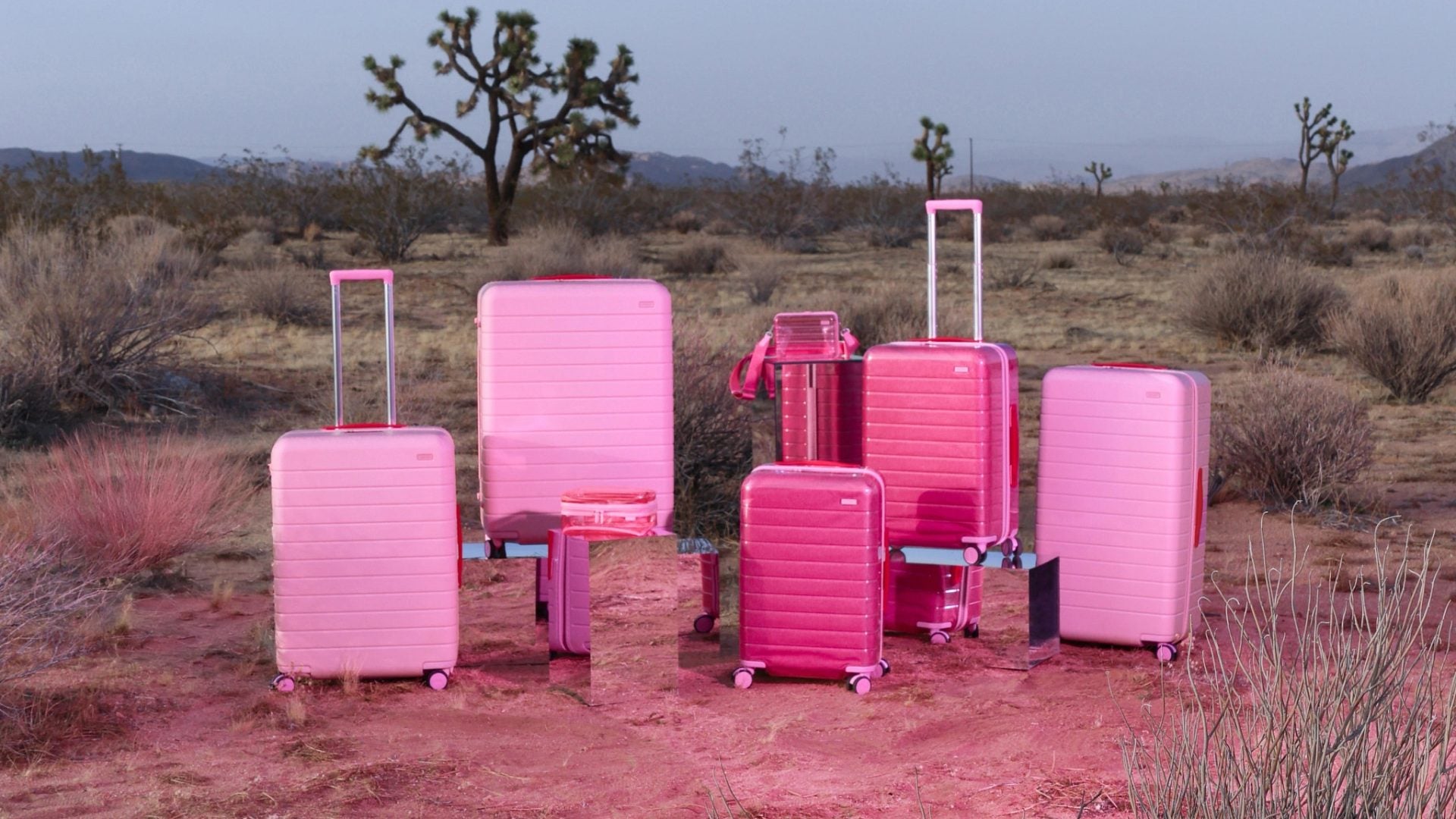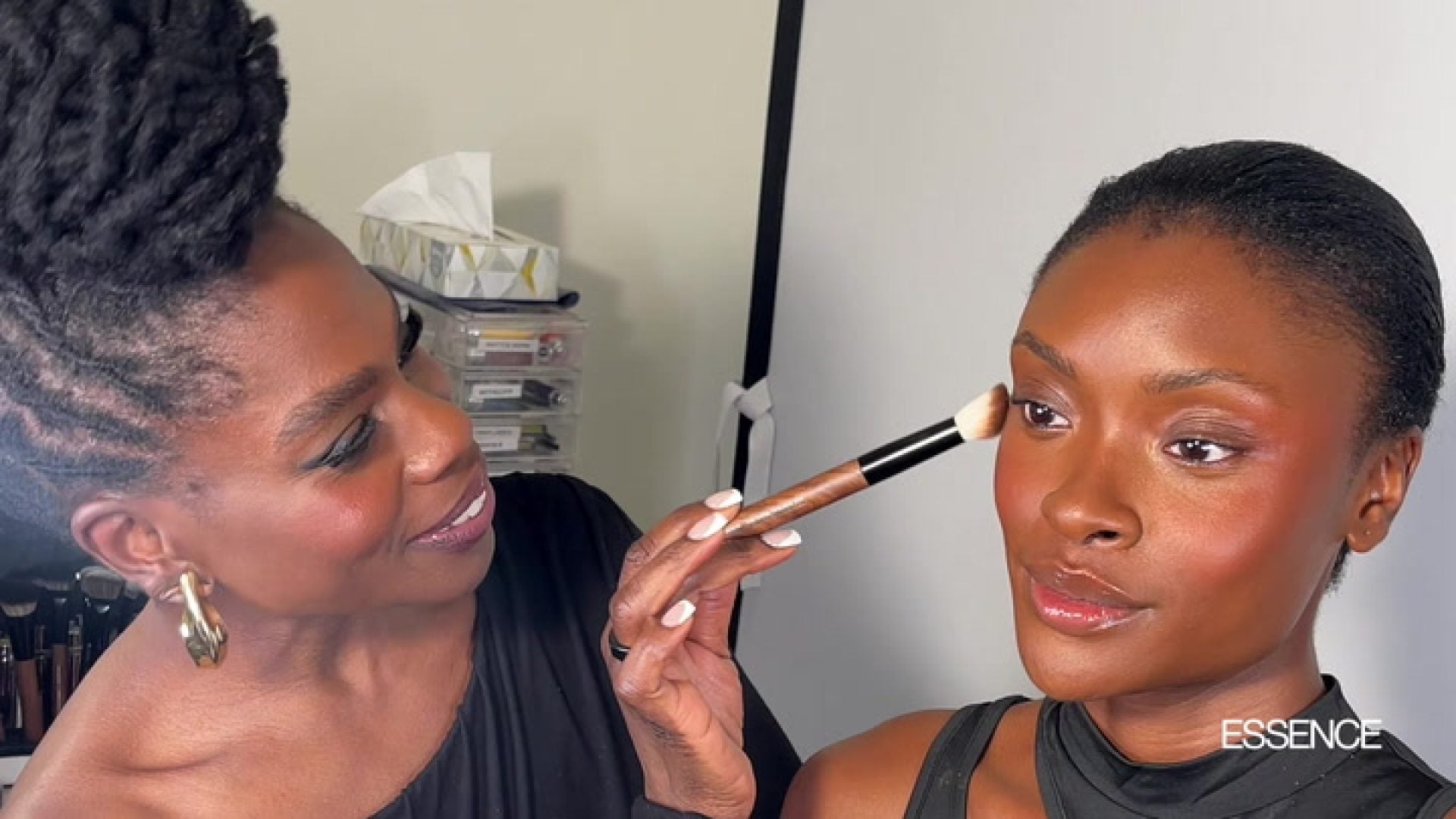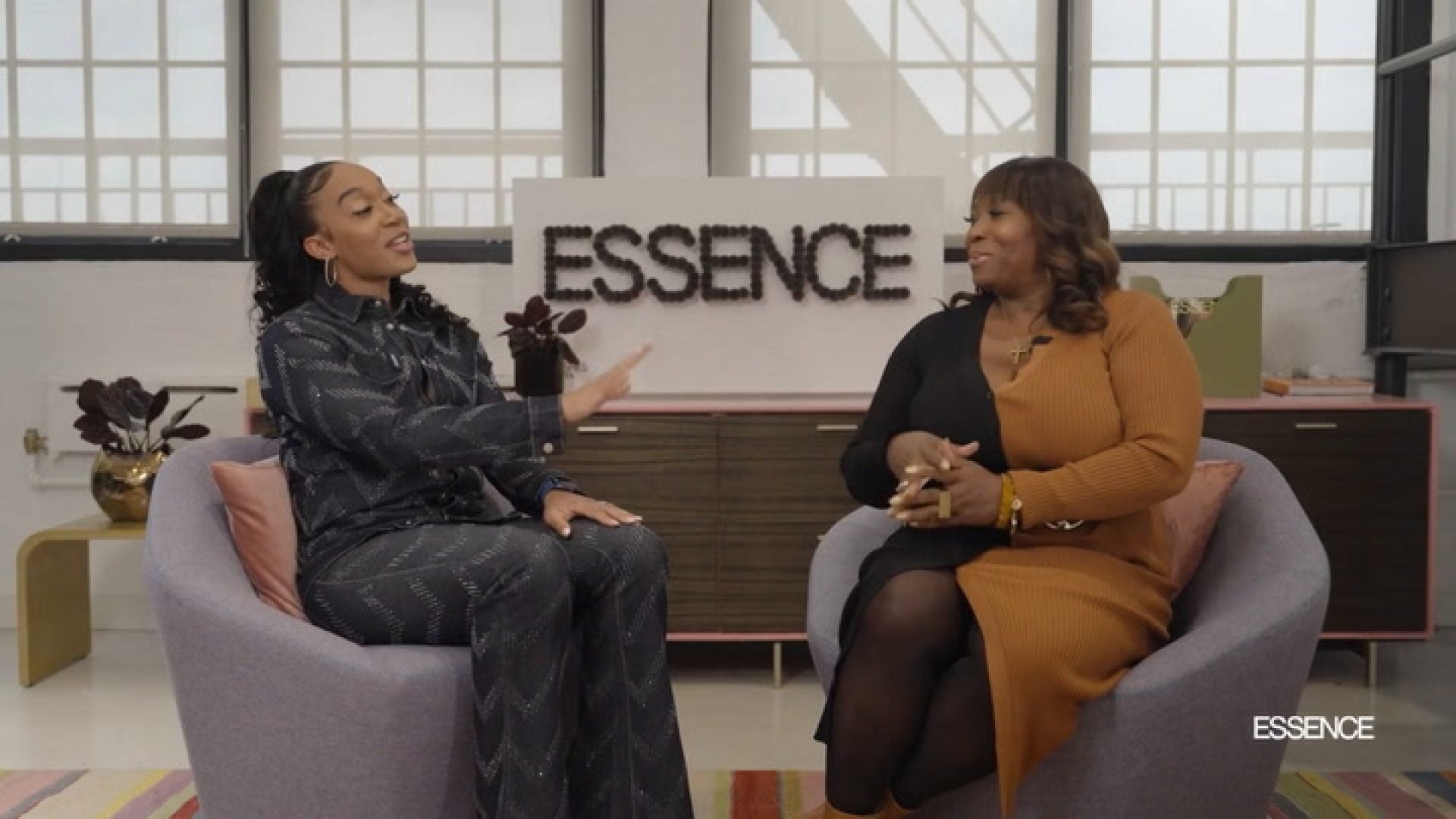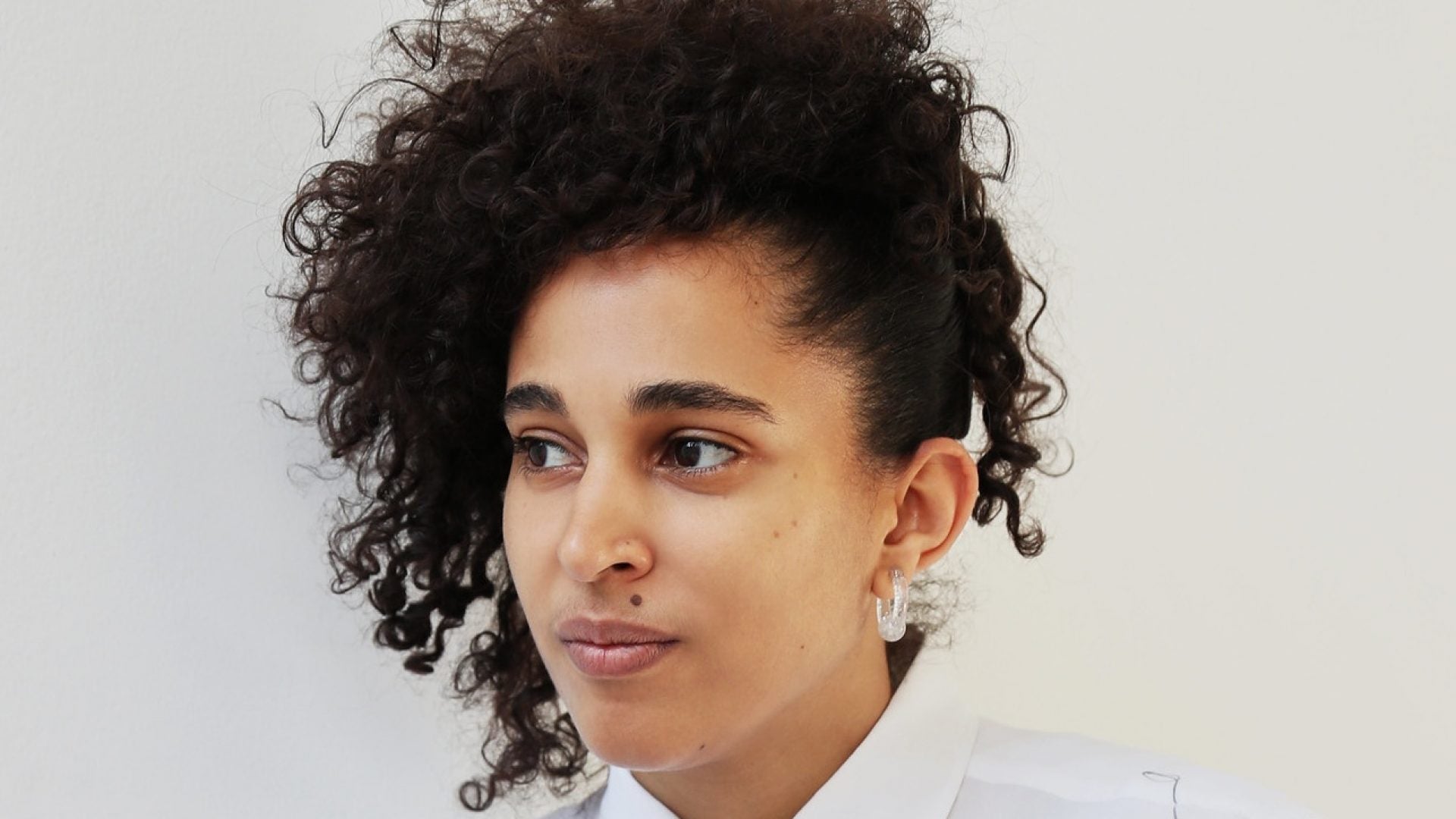
When Shantell Martin started creating art to make sense of her world, becoming famous enough to challenge a tech giant wasn’t part of the plan. “I didn’t know there was a future in it,” She tells ESSENCE. “I just knew that it helped me feel better.”
Surrounded by the “invisible walls” in her hometown of Thamesmead, the award-winning visual artist reigned over little beyond the sketchbooks she began drawing in at 13 years old. “I was this kid growing up in this place that there really wasn’t a creative future for myself. And that can make you incredibly angry when you can’t control things around you,” she explains.
The class system in the United Kingdom contributed to the racist, homophobic environment she grew up in. “Of course we have racial barriers, but we also have class. Sometimes, in a way, I feel like that class barrier is much harder to break. No one’s showing me a window into another way of being. Could I be a banker? Could I be a scientist? Could I be an engineer? I didn’t even know anyone that did those types of jobs or knew that those existed. So how could I know that I could be them?”
Though Martin couldn’t see another future for herself, she could feel the possibility and she was able to articulate and explore what she was feeling through her work. “I feel so lucky that I had this tool,” she says.
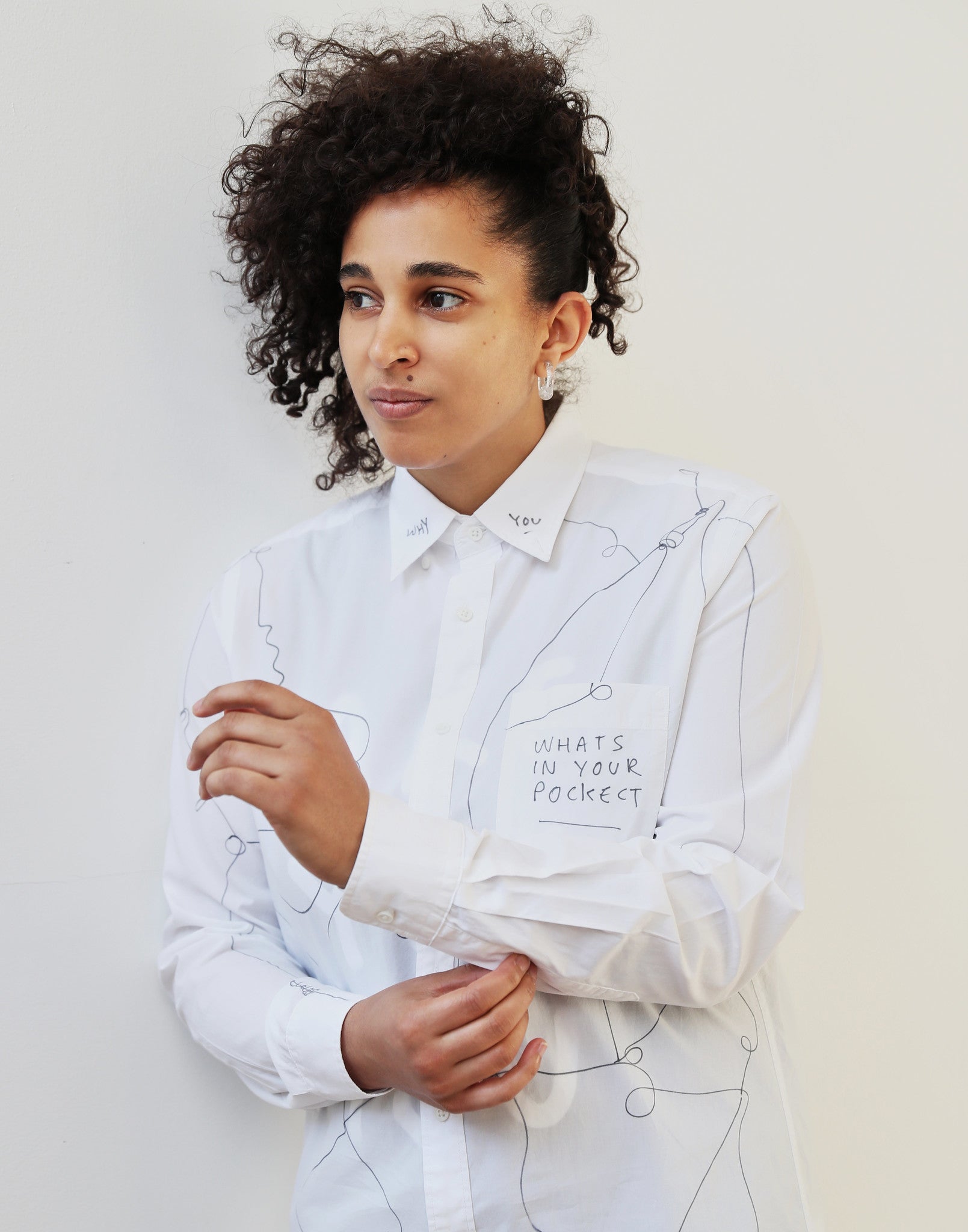
Martin’s interest in identity and connectivity manifested in swirling lines and introspective text that resonated with international audiences at places like the Denver Museum of Art and the Whitney Museum. She’s successfully partnered with Google, Max Mara, and Adidias and given the world a look at how she found her way through words and lines in a four-part mini-series titled Come What May. She’s even working on developing her own font to provide a new tool for others to create.
In 2017, Martin collaborated with Kendrick Lamar by creating art alongside him during one of his performances. In 2019, she interrogated the thousands of pedestrians strolling through Manhattan’s Oculus in a large-scale installation featuring playful text asking who they were, where they were going and what they were doing. “I see that work like seeds that are potentially being implanted in people where now people might think, wait, who am I? I’m on my way to my job but my job isn’t me like, who am I outside of that job?”
Her audience plants seeds in her as well. “This art is me and I’m very present in a lot of the work. Just to know that that outlet is now something that simply puts a smile on someone’s face, it can inspire them. It can encourage them. Like for me, that just feels incredibly encouraging. It makes me feel like I’ve achieved something.”
The visibility of her career places her in a position to be the representation she lacked as a child. Black girls with the desire to create can cite her achievements when plotting their own professional tentpoles because she’s literally drawn a path for them.
“That makes it really emotional because it’s like I needed me when I was younger and knowing how much I needed me when I was that age makes me so grateful that I’m able to be that. I think it cuts out a lot of years perhaps of discovery and finding and trying to figure it out. You’re like, wait, here’s a Black woman who is drawing for her life. Like that is her career. That is her job. That’s how she supports herself. She’s in museums, she’s in books. She’s on TV doing this. I can do that.” Her commitment to representation goes beyond being a figurehead.
Being a public face places her in a position to encounter a new level of microaggressions. As companies and cultural institutions race to publicly erect symbols of their questionable commitment to anti-racism, they can engage prominent Black creatives in opportunistic and insensitive ways. In June of 2020, Martin was approached by an ad agency to paint a mural for Microsoft before the fight for Black lives was out of fashion. The email she received asked her to conceptualize and complete a piece of art that would publicly signify the company’s allegedly antiracist stance while protests were still “relevant.” And “preferably by Sunday.”
Martin chose to inform the public that corporate audacity was at an all time high, a huge risk as a queer Black woman, no matter how talented or popular.
The action was a last resort. “I reached out to a number of people at Microsoft via Twitter, I was like, ‘Hey, I got this email. I don’t think it’s great’ she says. “I didn’t receive any response.”
Her goal was to empower artists who might not have the ability to reject the pitch or the power to speak up about it. “I’m in a privileged position in the sense of being where I am in my career, that I can speak out for other artists. What we’re seeing today is people being like, ‘Oh, wait, there’s a lack of women, or there’s a lack of Black women, let’s just make up for that and put a few of them in the collections. That’s not what this is about.”
Martin doesn’t want to lead those looking up to her down a path of mistreatment. She believes you can flourish from your art and still feel good about it. She hopes having the conversation publicly can help others be less likely to experience these types of pressures privately.
“This is about longevity. It’s about stories. It’s about legacy. It’s about history. It’s about sharing and exploring these narratives. Our stories. Being an artist is making tough decisions sometimes. I was initially sleeping on my friend’s couch, but I felt good and I could sleep that night.”
She rejects the idea that artists should not be involved in the shaping of their professional agreements, citing the impact one artist’s deal can have on the next. “I think we really have to separate this idea that it’s all about the money verses about the art, because, you know, then we’re just seen as stocks, we’re seen as commodities, and now it’s like, Oh, that stock of a Black woman, that stock I’m going to invest in her because I can make some money,” she says. “It’s about the respect being equally distributed. It’s about the visibility being equally distributed and if it does involve money, it’s about that money being equally distributed and not only one side profiting from that.”
She employs a series of checkboxes to decide whether or not to engage in a certain venture or partnership and pushes back on boilerplate contracts to create space for the next artist, each revision setting a precedent. “We don’t know our rights and people are betting on that. They’re betting on the fact that we don’t have access to lawyers and accountants to advisors. “I want to make sure that every project I do, I leave it in a better place for an artist that comes behind me.”
Visit Martin’s website to view more of her work here.
